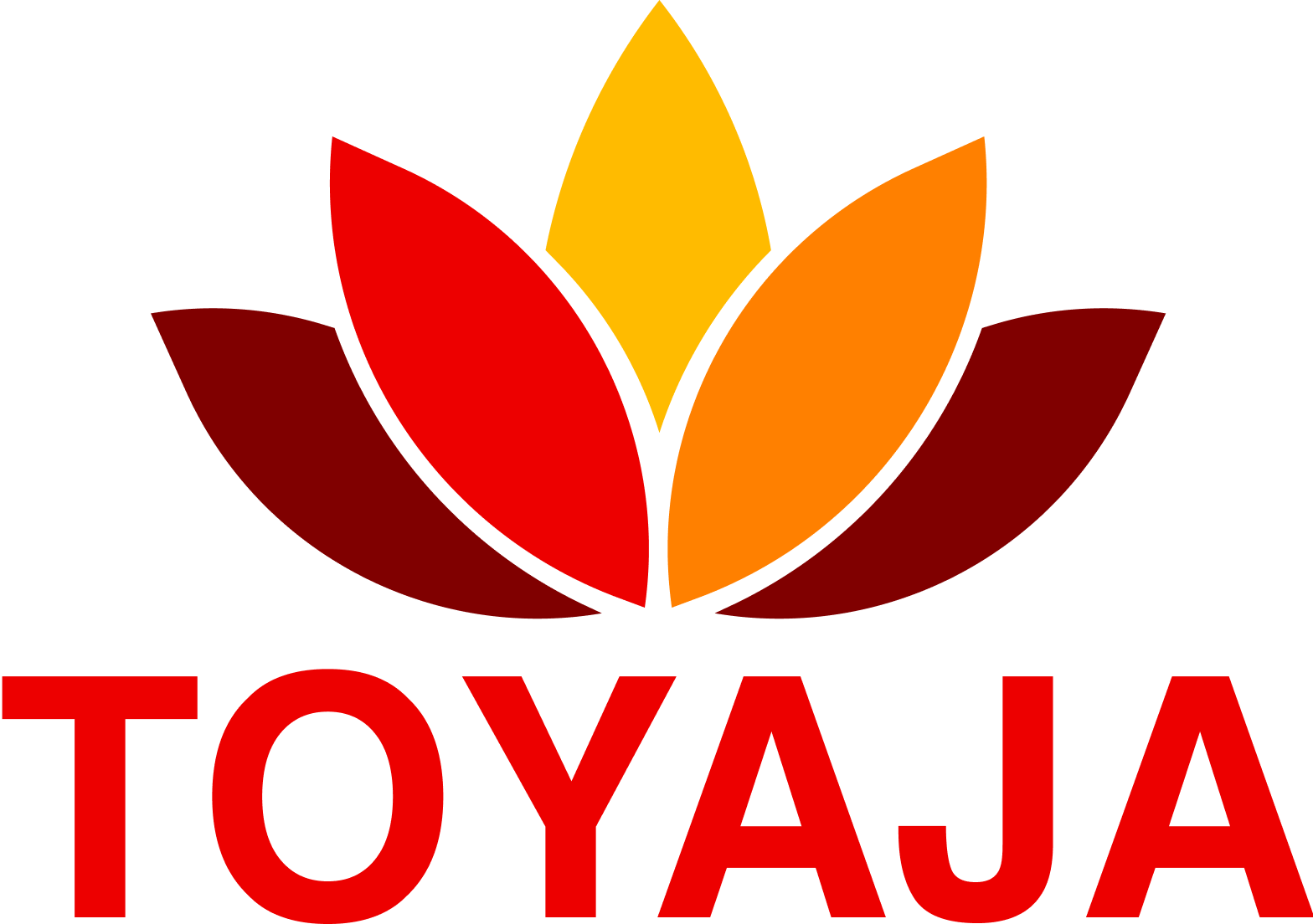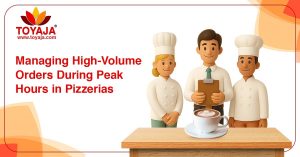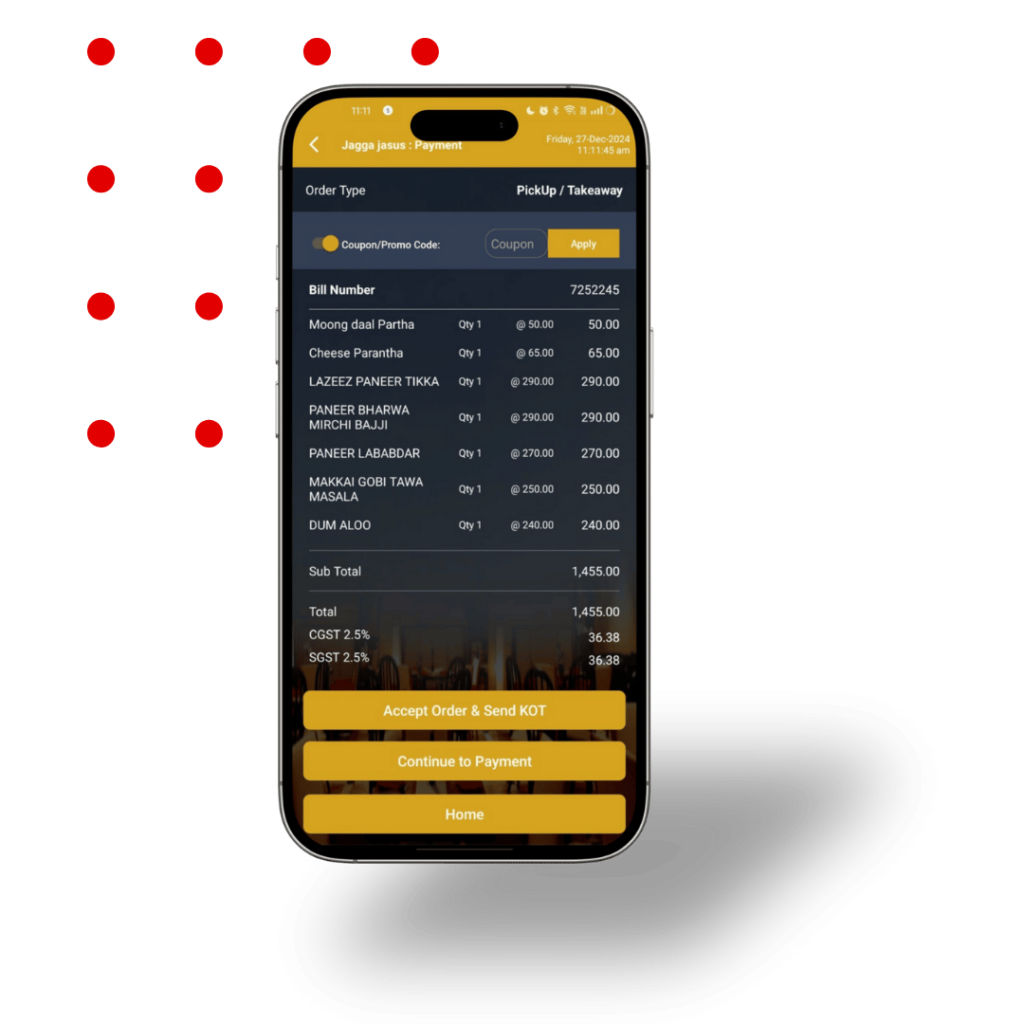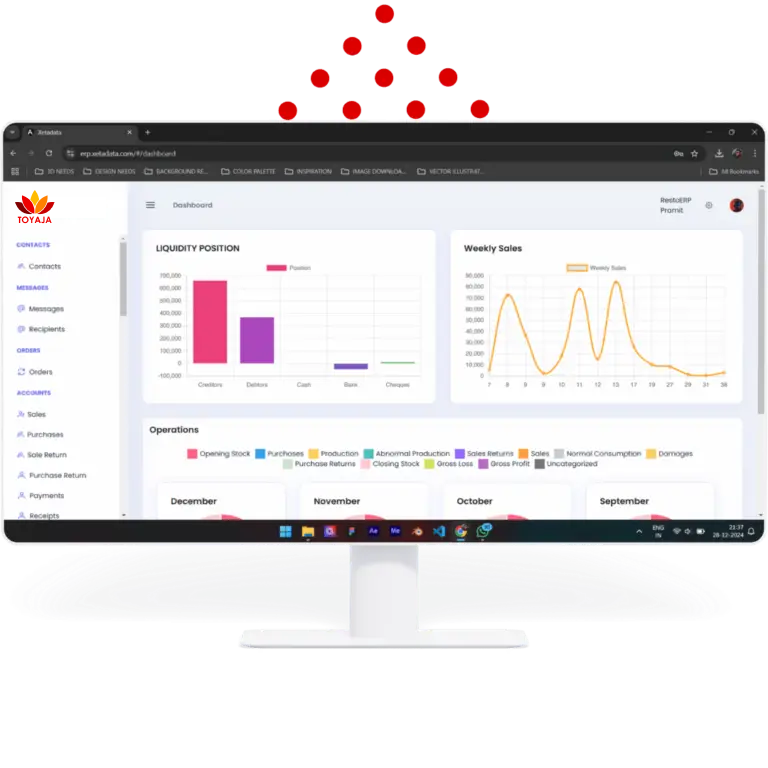Small cafes and pizzerias are the heartbeat of local communities. They offer comfort food, cozy atmospheres, and personal customer service. But behind the scenes, it’s a tough game—limited staff, cramped kitchens, fluctuating demand, tight margins, and high expectations. Unlike large restaurant chains, small food businesses must be lean, fast, and precise to survive.
If you’re running or planning to run a small café or pizzeria, this guide will walk you through practical, step-by-step operational optimizations, along with helpful resources and tools from Toyaja to implement them.
1. Simplify Your Menu to Reduce Complexity & Costs
Why it matters:
A large or overly creative menu might sound impressive but can confuse customers, slow down production, and inflate inventory costs. Each new item means extra ingredients, training, and prep time—luxuries small outlets often can’t afford.
What to do:
- Identify your top 10 best-selling items using POS sales reports.
- Remove or rotate low performers and high-prep dishes.
- Create dishes with ingredient overlap to reduce waste.
- Have a clear “core” menu with limited seasonal specials.
Learn more in Creating a Unique Menu for Cafes: Tips and Tricks
2. Optimize for Peak Hours Without Sacrificing Quality
Why it matters:
Breakfasts, lunch breaks, weekends—these peak times can cause chaos in small kitchens, delayed orders, and frustrated staff. But if managed smartly, these are the most profitable hours.
What to do:
- Pre-prep ingredients (chopped veggies, portioned dough, sauces).
- Offer a “Fast Picks” menu with quick-serve items.
- Assign dedicated roles for peak shifts (grill, oven, pack).
- Use a POS that allows order prioritization and quick modifications.
Dive into Managing High-Volume Orders During Peak Hours in Pizzerias for hands-on strategies.
3. Implement a Smart POS to Improve Order Accuracy
Why it matters:
In a fast-paced environment, every incorrect order costs time, ingredients, and customer goodwill. Taking verbal orders or using handwritten slips is outdated and risky.
What to do:
- Use a POS that supports custom modifiers (e.g., extra cheese, gluten-free).
- Sync POS with kitchen displays or printers to avoid miscommunication.
- Enable digital order tracking to monitor timing and performance.
- Train staff to rely on the system and not memory during rushes.
Explore How to Improve Order Accuracy with a POS System for Bakeries, which is equally useful for pizzerias and cafes.
4. Take Control of Inventory to Avoid Wastage & Stockouts
Why it matters:
Running out of mozzarella at 7 PM or throwing away expired basil hurts both your brand and your bottom line. Without inventory visibility, you’re flying blind.
What to do:
- Set par levels and reorder points for core ingredients.
- Track daily usage and compare with sales to identify wastage.
- Implement first-in, first-out (FIFO) for perishables.
- Use a system like Toyaja’s inventory module to automate stock alerts and vendor ordering.
Check out how bakeries are doing this in Streamlining Bakery Operations with Inventory Management Software
5. Organize Kitchen Layout for Better Flow
Why it matters:
A poorly designed kitchen layout results in bottlenecks, staff running into each other, and wasted motion.
What to do:
- Divide the kitchen into functional stations: prep, cooking, plating, and packing.
- Use labeling and color-coding for ingredients and containers.
- Store high-frequency items within easy reach.
- Position the oven and grill where they’re accessible but not obstructive.
A kitchen that “flows” helps staff stay focused and boosts productivity, especially in tight spaces.
6. Cross-Train a Small, Efficient Team
Why it matters:
Cafes and pizzerias often operate with lean teams. If one person is absent or overloaded, the entire operation can stall.
What to do:
- Train staff on multiple roles (e.g., barista + cashier, cook + server).
- Use digital task checklists to reduce confusion.
- Reward versatility—multi-skilled staff improve efficiency and morale.
- Keep shift overlaps during rush hours to ensure seamless transitions.
7. Leverage Automation & Reports for Continuous Improvement
Why it matters:
Even if you’re doing well, there’s always room to cut costs or increase speed. The secret is visibility into data.
What to do:
- Use POS reports to track order speed, staff performance, and peak times.
- Schedule prep and shifts based on data trends, not guesswork.
- Automate billing, reports, vendor follow-ups, and inventory updates.
With Toyaja’s ERP tools, you can run your café or pizzeria like a data-backed enterprise—without hiring a full admin team.
Optimization Checklist
| Area | Optimization Strategy |
| Menu | Keep it concise, profitable, and ingredient-efficient |
| Peak Hours | Pre-prep, assign roles, use rush-specific menus |
| Order Accuracy | Smart POS, real-time kitchen sync, digital modifiers |
| Inventory | Automated tracking, reorder levels, FIFO method |
| Workflow | Station-based kitchen design, minimal movement |
| Staffing | Cross-training, overlapping shifts, digital task boards |
| Admin | Automate with ERP: sales, inventory, scheduling |
Conclusion: Run Lean, Serve Smart
Small cafés and pizzerias thrive when every part of the operation works in harmony—from inventory to order delivery. You don’t need a massive team or budget to achieve this. What you need is a clear strategy, the right tools, and systems that adapt to your business.
Toyaja is designed to support food businesses like yours with smart POS systems, inventory automation, and real-time insights—so you can focus on food and customers, not spreadsheets and stock checks.Next, explore how to handle peak-hour chaos in pizzerias and upgrade your operations with Toyaja’s intelligent features.








